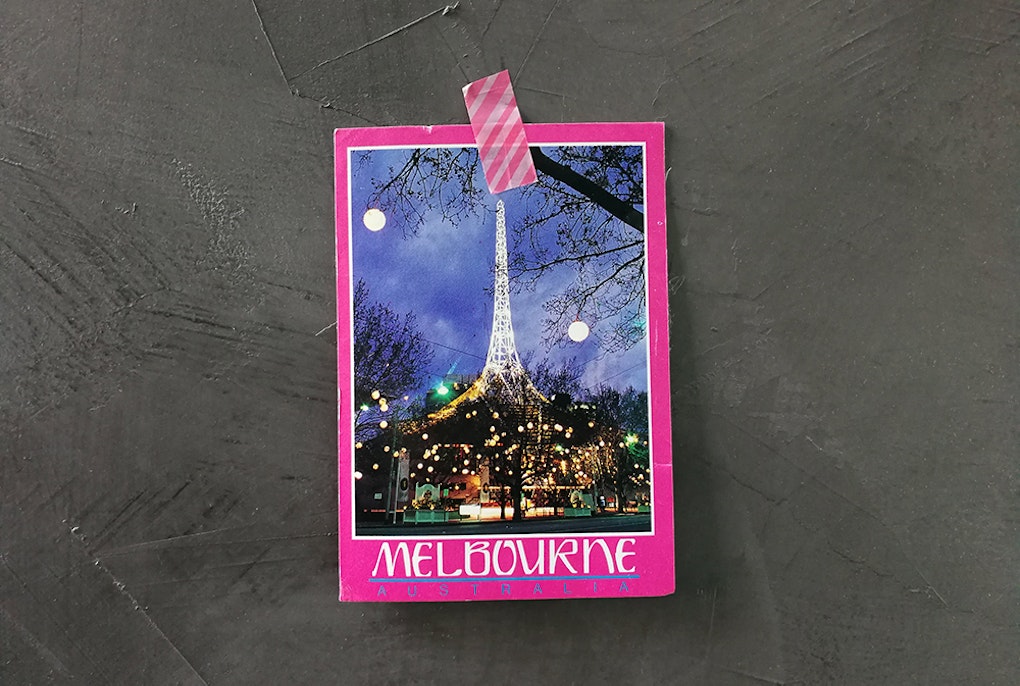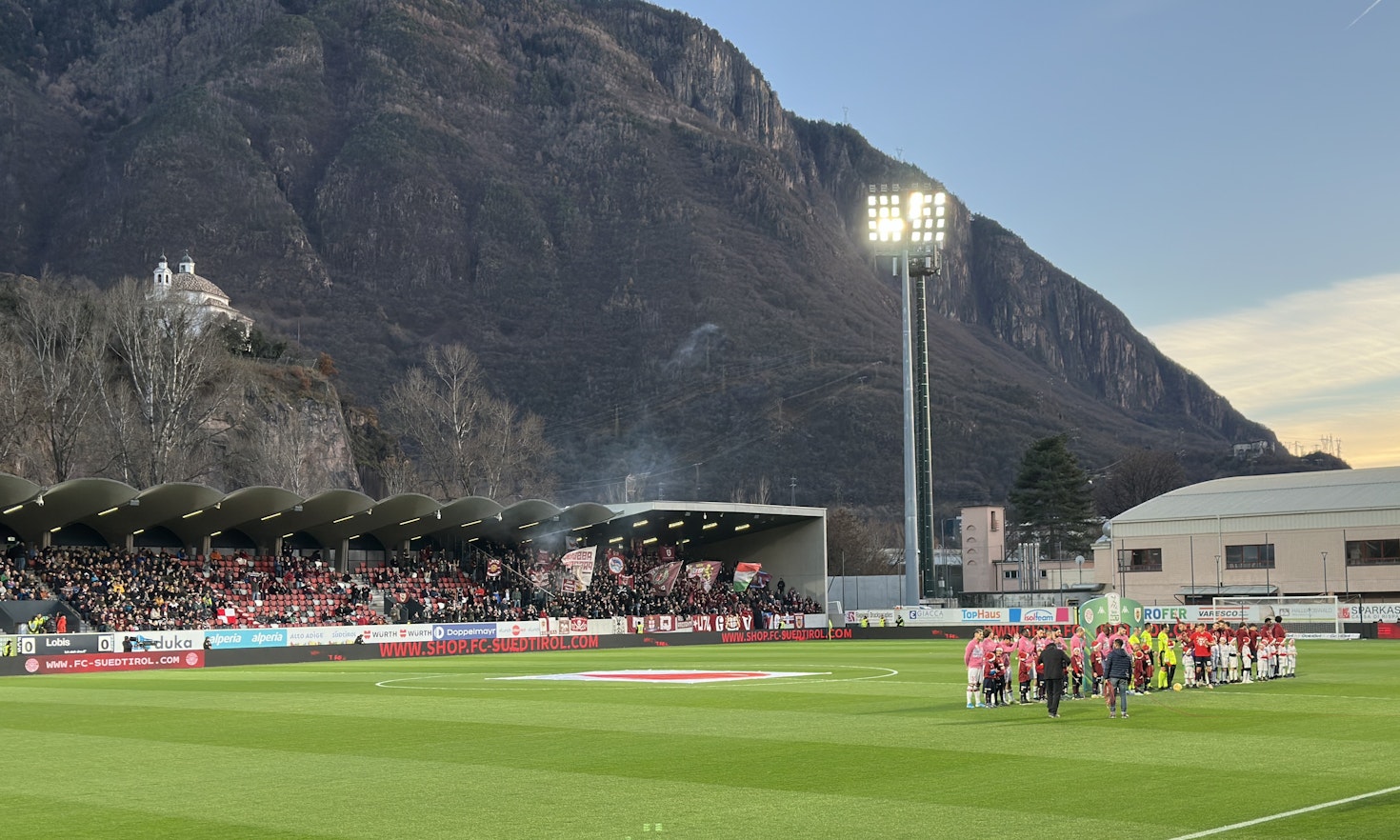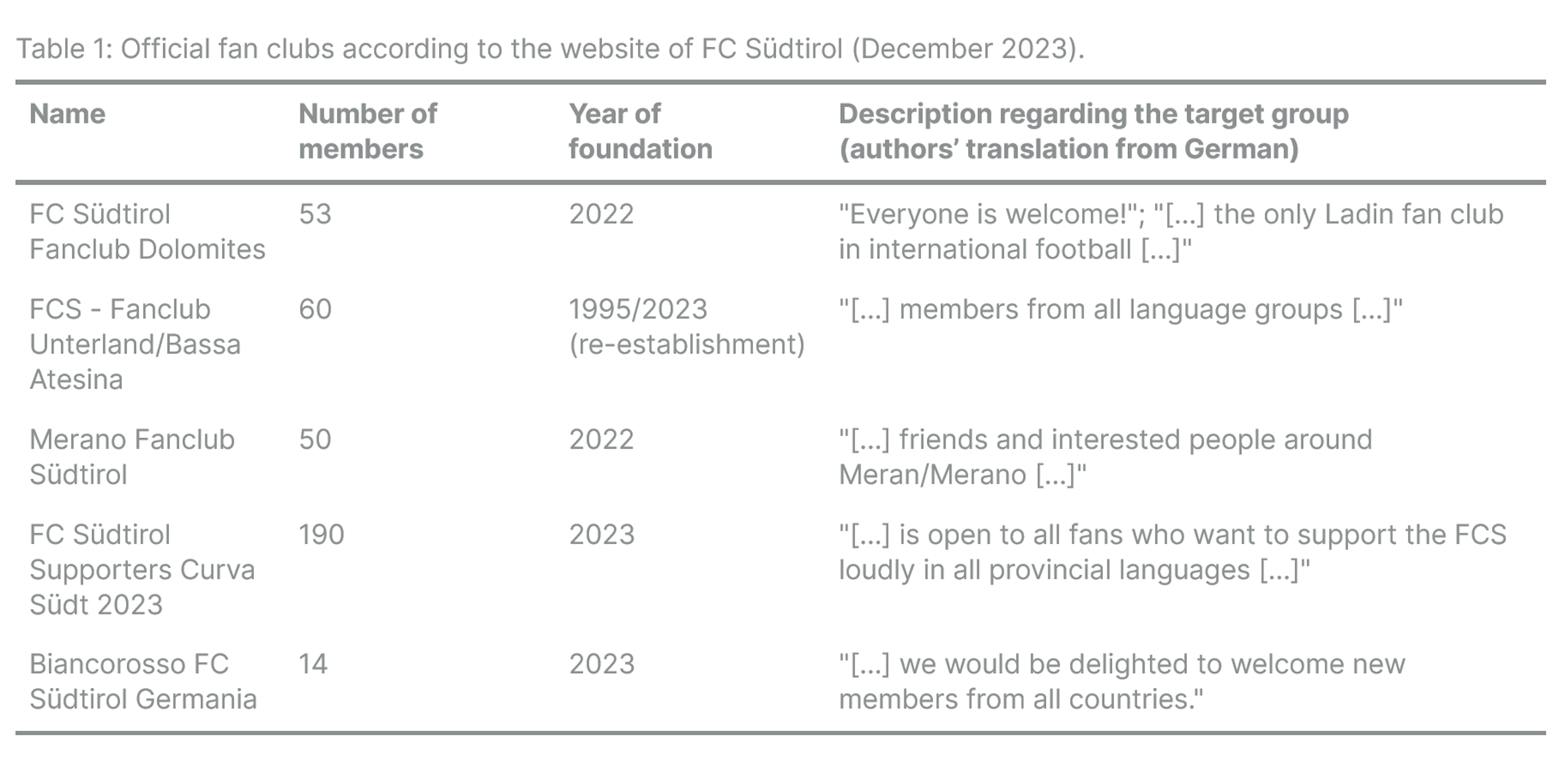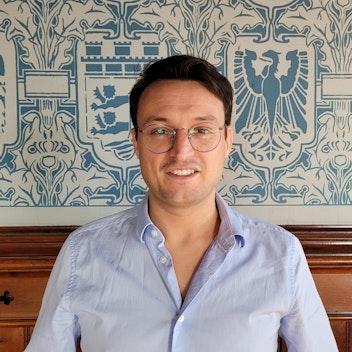
EU Parliamentary elections: a snapshot from Down Under
 Erika Arban
Erika Arban
Identity and language in the context of FC Südtirol and their fanbase
Going into their second season in Italian second tier football, FC Südtirol’s rise to Serie B has drastically increased their profile outside of South Tyrol. As the sole professional club in the autonomous province, FC Südtirol has always aimed to be a club for the territory and not just a single city or town. To what extent it can be seen a successful actor in bringing together the different language groups has fluctuated over time – this blogpost intends to take stock of this situation in light of the team’s increased visibility since September 2022. The role of professional football clubs as a marker of a distinct regional identity in terms of culture and language is quite a niche topic in academia but not one that is entirely absent. The case of Athletic Club of Bilbo/Bilbao is one of the most well-known cases amongst the broader football audiences due to their renowned policy of fielding only locally-developed players – the culture and identity of the club and its fan base explored in depth by Mariann Vaczi’s ethnographic study. Other examples have included the role of AC Ajaccio and SC Bastia as vehicles of Corsican identity, the setting of IFK Mariehamn as a multilingual club playing in the Finnish league but based in the Swedish-speaking autonomous Åland Islands, and also a comparison of ten clubs in kin and non-kin state settings. Embedded in this context, we explore how this plays out within FC Südtirol – involving a threefold methodological approach consisting of an interview conducted with the club’s CEO, Dietmar Pfeifer, the observation of a matchday at the club’s Stadio Druso/Drusus-Stadion (both in September 2023) as well as substantial desk research.
The identity of all civil society actors is of course deeply linked with the political situation of the region. In the case of FC Südtirol, the Second Autonomy Statute of South Tyrol came into force in 1972, intending to bring the language groups in the province (German, Italian and Ladin) together. After the repression of the fascist (1922-1943) and National Socialist (1943-1945) dictatorships, South Tyrol’s society was divided along linguistic lines. The province’s struggle for an autonomy of its own was accompanied by further tensions. In order to pacify the polarized society, the Second Autonomy Statute relied on two strategies which are still valid today and would be described as dissociative conflict resolution and power sharing. The three independent school systems and cultural departments are examples of separation. Yet, on the other hand, there are areas in which co-operation is promoted as part of power sharing and concordance democracy. When forming the provincial government, for example, the ratio of language groups represented in the provincial council must be taken into account. Another power sharing element is the distribution of jobs in the public administration according to the size of the language groups, the so-called ethnic proportional quota system. However, researcher Andrea Carlà notes that the political division of autonomy according to language groups is also perpetuated in society. For example, there is the Alpenverein Südtirol (Alpine Club South Tyrol) with predominantly German-speaking members on the one hand and the Italian section of the Club Alpino Italiano (Italian Alpine Club) on the other. There is the Verband der Sportvereine Südtirols (Association of South Tyrolean Sports Clubs) and its counterpart, the Unione Società Sportive Altoatesine (Union of South Tyrolean Sports Clubs). Similar tendencies can be observed in theatre, choir, music and rescue associations. The latest ASTAT youth study shows once again that the daily lives of German- and Italian-speaking young people in particular remain separate and that there are not that many bilaterally linguistic friendships. The language group logic also dominates the party landscape. Although parties increasingly describe themselves as interethnic, the election campaign takes place predominantly within their own language groups and voting behaviour is ethnically determined. Contrastingly, the establishment of mixed institutions such as the multilingual Free University of Bozen-Bolzano can be seen as signs of a cross-linguistic thinking. There is also more openness in the education sector today through school exchange projects and the teaching of subjects in second or foreign languages. In some respects, South Tyrol is therefore seen as moving towards more integration, towards an associative model.
To provide more detail on the history of the club – although its roots stretch back to the 1970s with the club SV Milland, FC Südtirol assumed its current form after a takeover in 1995. This was born out of an idea to create a club for the province of South Tyrol which had not had a professional level football team since AC Bolzano had dropped into amateur football at the end of the 1979-80 season. Accordingly, a group of South Tyrolean entrepreneurs took over SV Milland and renamed the side FC Südtirol. Pfeifer stressed that "even back then we knew that the language groups we have here in South Tyrol - German, Italian and Ladin - had to be brought under one roof", very much in line with what the Autonomy Statute had aimed at. Relatedly, emphasis was placed on having a club for the territory rather than for a specific city or town: "You can’t be a club for one language group. You have to be a club for the territory", argues Pfeifer. Hence the club was named FC Südtirol and included the Italian term Alto Adige on the then newly created club badge, rather than stating Brixen/Bressanone – where the club was first located. Pfeifer argues that this model of a club for a territory is unique in the Italian leagues and perhaps even in Europe more broadly. It certainly does appear quite a distinctive case, although one possible comparison could be C.A. Osasuna in Navarre, which has been described as a "symbol of provincial identity" which unifies a fragmented population – in this case the contexts of Basque, Navarrese and Spanish identities. On the pitch, FC Südtirol’s rise from the amateur lower leagues into Serie B has been steady. Professional status was achieved following the 1999/00 season by winning Serie D and moving to (then) Serie C2 – this also required the club to relocate to Bolzano/Bozen in order to play in a stadium which met the requirements for Serie C level football. After promotion to C1, the club spent twelve seasons in the third tier before their historic promotion which followed their 2021-22 title. Serie B has brought about significantly more visibility for the club in the rest of Italy but also worldwide. Yet, it has also seen the club experience serious challenges with regard to its fan base and its aim of being an actor of unity.
Competing for a second season in Serie B, there is room for improvement on the pitch – but how are things in the stands? Pfeifer claims that FC Südtirol does in fact act as a "model of integration" in uniting the language groups in the common goal of supporting the club. During the years when the club played in Brixen/Bressanone, the majority of support was from the German-speaking community – a reflection of the local demographics. With the move to Bolzano/Bozen, the club increasingly tried to appeal to the local population, around 74 per cent of whom are Italian-speaking. Pfeifer suggests that nowadays one can observe "around 50 per cent of German mother tongue in the stadium, around 50 per cent of Italian mother tongue. A few per cent of Ladin native speakers – but there are simply very few Ladins in South Tyrol." This is reflected in their bilingual website, monthly magazine and club communications as well as announcements in the stadium on matchdays.
However, the relationship between the football club and the fan groups has sometimes been ambivalent in the past. This became apparent in 2016 when the logo was changed. The Italian name for South Tyrol, "Alto Adige", was removed from the logo and the names of the provincial capital were added instead: Bolzano/Bozen. Walter Baumgartner, the club’s former president, explained in an interview that this was because FC Südtirol was the official name of the club, which was also registered with the chamber of commerce. In 2019, the fan group Eagles Supporters expressed their discontent regarding the logo change in a Facebook post: "The name Südtirol is a name that does not represent us as citizens of Bolzano/Bozen and does not represent the native Italian speakers of the South Tyrolean territory." [authors’ translation from Italian]. A return to the bilingual name was demanded.
In addition to a significant increase in spectator interest, the promotion to Serie B also seems to have brought movement to the fan scene. At the time of writing (December 2023), five official fan clubs are listed on the FC Südtirol website, all of which were founded or newly founded in 2022 and 2023. In their short description on the website, all fan clubs emphasize their inclusive character and multilingualism (see Table 1 below).

But these are not all existing fan groups. The "Elenco striscioni autorizzati serie B" - the list of authorized banners compiled by the Osservatorio Nazionale sulle Manifestazione Sportive (National observatory on sporting events) – contains only the names of fan groups that are represented with banners in the Stadio Druso/Drusus-Stadion. For the 2023/2024 season, the list includes the banners of three other groups: Gradinata Nord, Fanclub Dolomites and Curva Südt.
Pfeifer himself speaks of two fan blocks that also sit opposite each other in the stadium. On the one hand, there is the "Italian fan group" and on the other is the fan group where "there is everybody inside: German, Italian and Ladin". Upon attending an FC Südtirol match, the visible divide between the two sets of vocal fans is stark. Positioned opposite one another at one end of the pitch (there are no stands behind the goals, in the traditional ‘curva’ positions), the Gradinata Nord occupy the Canazza stand. The other fan block in the Zanvettor stand is dominated by the Curva Südt fan club. Fans formed this fan club at the end of the 2022/2023 season. The motto, which is also printed on the t-shirts of Curva Südt is: "Multilingual, ad alta voce, adöm" [multilingual, loudly, together – authors’ translation]. According to statements made by Curva Südt, most of their fan songs are in Italian, but their repertoire also includes songs in German and one in Ladin too. Christian Theiner, president of Curva Südt, does not see Curva Südt as a competitor to Gradinata Nord: "We have a different philosophy to them, but basically it’s about supporting the club." [authors’ translation from German]. The relationship between the two groups may be difficult, as was evident at FC Südtirol's away match against A.S. Cittadella in November 2023. According to reports, there were violent clashes between supporters of Gradinata Nord and Curva Südt. Pfeifer describes the relationship between the two fan blocks as follows: "They are not yet one hundred per cent a unit. But we are working on getting the fan groups to start accepting each other." From the club’s perspective, Pfeifer’s message is relatively clear: "We remain neutral because we always say that we are a club for the territory and that includes all language groups. And as a model of integration, it is important that everyone is included."
Can FC Südtirol serve as an associative role model for South Tyrolean society? Indeed, FC Südtirol seems to enjoy the support of all South Tyrolean social and language groups, especially after their promotion to Serie B. Overcoming South Tyrol’s linguistic divides also appears to be the aspiration of the management and this is a goal which makes the club unique in domestic Italian football – it certainly has more than just one identity. This factor also makes it relatively unique in comparison to most of the clubs written about in past literature where clubs (or their fans) define themselves as a minority against the majority, where FCS seek to unite the two. This "integration model" sought by FC Südtirol is undoubtedly cross-linguistic, but it is only partially reflected in the fan clubs. The separation of the Zanvettor fan block and the Canazza fan block can be interpreted as a sign of division. However, the two fan blocks only represent a very small fraction of the total audience. It is therefore difficult to say how important the language of the fan chants or identity issues are to them. What is clear is that everyone cheers FCS goals with the same euphoria and in this sense, Pfeifer’s point on managing to unite language groups behind a common cause is true to a large extent. Whilst they may not be physically under the same roof, they are in the same stadium, sharing the same passion.


This content is licensed under a Creative Commons Attribution 4.0 International license.